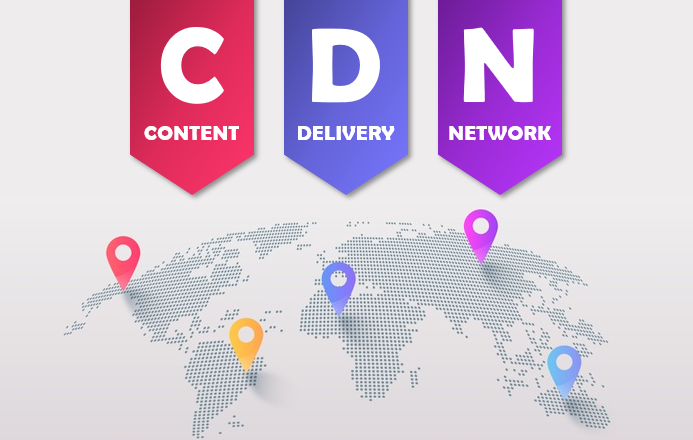If you use Verizon, you might see “VM deposit” on your bill or account. This can be confusing and make you question why it’s there. In this post, we’ll clarify what VM deposit means for Verizon customers.
Verizon has grown significantly and now serves millions of customers. As a top cellular company, it values customer service records and prioritizes its billing system. Verizon’s billing system efficiently tracks all aspects of customer services in a systematic manner.
Verizon is a top cellular provider with millions of users. They keep records of each customer’s data usage according to their plans.
The company has a great billing system that tracks everything you use and lets you easily check your bill. However, some customers don’t understand what “VM deposit” means in their statement.
Verizon uses technical terms such as VM deposit and CL. If you’re new to Verizon, you may be curious about what these terms mean. What is VM Deposit on Verizon? Keep reading for an explanation and more details about CL on Verizon.
What does VM deposit mean?
Verizon VM deposit is a technical term used by Verizon for their voicemail service. Customers can use this service to leave important messages when they cannot make a call or send a text. Verizon will send you a voicemail if they can’t reach you, so you can read it later.
It will appear as “VM Deposit” on your billing statement, so don’t worry about any service problems. VM deposit is a charge from Verizon for using voice mail. It’s a one-time fee when you first activate the service. Only basic phone plan customers are affected, not smartphone plan customers.
Verizon, a top US cellular company, includes voicemail charges on customer invoices. The “VM deposit” on your bill is for delivering voicemail to recipients. It’s normal for Verizon subscribers to see this charge.
You may have noticed “CL” on your Verizon bill. It’s a common term but can be confusing if you don’t know what it stands for.
What does this charge cover?
The VM deposit is a security deposit Verizon collects from customers for potential charges from using voice mail. This includes international, long-distance, and premium calls. The deposit is usually $20 and credited back after six months of active service.
Verizon charges a deposit for voice mail because their system is integrated with their network. This allows customers to access voice mail without using airtime minutes, even when roaming or with low signal strength. Other carriers charge for this service, so Verizon requires a deposit to cover potential charges.
It only applies to new customers or those activating voice mail for the first time. If you’re an existing customer who already paid, you won’t be charged again when switching phones or plans.
Relationship between Verizon VM Deposit and CL
The connection between Verizon VM Deposit and CL is that they are both related to voicemail services. When you send an email, it will show up as VM deposit on your bill. If you receive a voicemail, it will be listed as CL on your bill. These are just technical terms used for billing purposes.
It’s common for VM and CL in Verizon to be connected. When you receive an email, it will show up as VM on your bill. If someone close to you leaves a voicemail, it will appear as CL on your bill. The charges are the same and this difference is just for clarity.
What does CL on a Verizon invoice indicate?
Using your cellphone outside your service provider’s network is called roaming. Your provider may charge you for calls and messages made on partner networks. These charges vary between providers.
CL stands for call delivery, showing an incoming call on a roaming partner’s tower. It appears on your Verizon bill to show the minutes and charges from your service provider. Occasionally, it may appear with an actual call at the same time.
Does Verizon VM deposit and CL on the invoice indicate excessive billing?
Many Verizon users wonder about their bills and feel they are being charged unfairly. Confused about Verizon’s VM deposit and CL on your bill? You might think they’re extra fees. You may even search online for their definitions.
Don’t worry, this doesn’t mean you’re being overcharged. These are just technical terms for Verizon’s services. If your calls are dropping and you’re still being charged, you should get it fixed.
The internet has a lot of information on this topic, but it may not all be trustworthy. You may need to find a better solution.
How to handle a problem with the Verizon VM deposit?
Dealing with a Verizon VM deposit issue can be frustrating, but there are steps to fix it. Stay calm and gather all relevant info like your account details and deposit amount. Contact customer service, explain politely and suggest a solution. If not resolved, ask for a supervisor, or escalate to higher management. Keep records and stay patient for the best outcome.
If you need help with your Verizon VM deposit, contact their customer service center for professional assistance. Share the bill or details with them for assistance. Ask experts any questions you have.
Final thoughts
VM deposit and CL are commonly used terms on Verizon invoices. If you have Verizon as your provider, you will see these terms on your invoice.
Don’t worry when you see these terms on your Verizon invoice. They are a normal part of the bill. If you have questions, just ask for more details.
Although the Internet has information, it may not be reliable. It’s best to contact Verizon’s customer service for accurate details. They have expertise and can help you understand your bill better.











